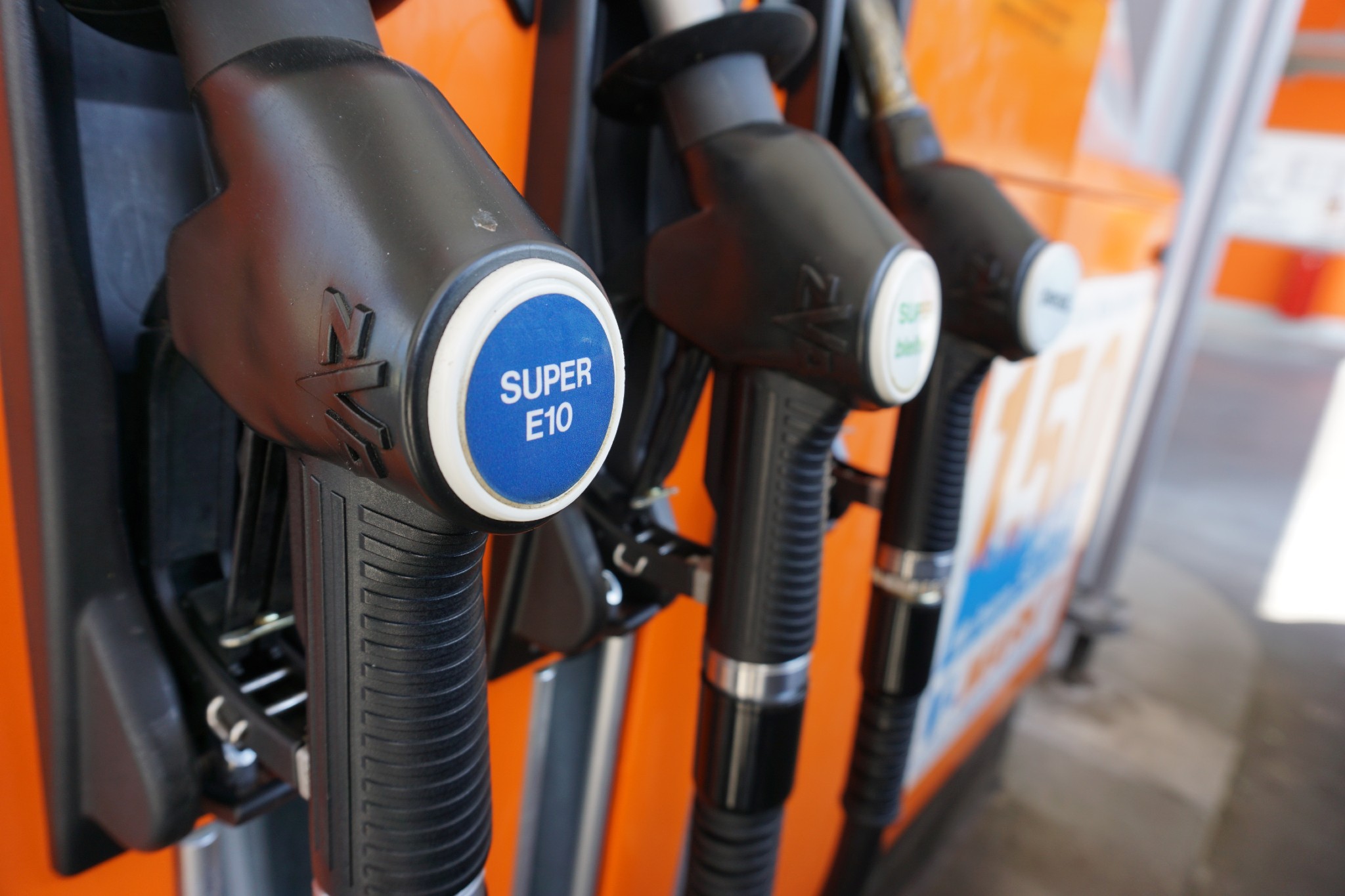20 per cent ethanol blend fuel to be used in India by 2025
In an attempt to reduce the carbon emissions and reduce India’s oil import, 20 per cent ethanol blend fuel to be used by 2025
 20 per cent ethanol blend fuel to be used by 2025
20 per cent ethanol blend fuel to be used by 2025On June 5, which happens to be World Environment Day, Prime Minister Narendra Modi announced a new deadline for achieving 20 per cent blending of ethanol with petrol, calling it e20 as compared to 8.5 per cent of ethanol blend fuel which is being used currently in India. The timeline target for achieving 10 per cent blend of ethanol with fuel was 2022, and for 20 per cent the target was 2030, which has been now advanced to 2025, in light of the process in which India is looking to cut down on carbon emissions and reduce the import of oil in the country. I’m sure you have questions as to what all this means, so let’s dig a little deeper.
What is ethanol?
Ethanol is a bio fuel which is primarily a byproduct of sugarcane and grain based distillation, such as wheat, broken rice and more damaged food grains. Ethanol possesses a higher octane number compared to gasoline, and mixing it with petrol increases the octane level of petrol itself, making it a better substitute than gasoline.
What are the benefits and how does it help India?
Using ethanol for a blend with petrol provides multiple benefits. Ethanol is more environmentally friendly (comparatively, of course) because agricultural waste causes less pollution. Using a blend of 20 per cent would reduce the cost of petrol. It not only gives an alternate source of income to the farmers as the excess sugarcane and damaged grains can be cashed out, but also reduces India's dependency on importing oil, being the third biggest oil importer in the world.
How would the automobile industry need to change?
Currently in India the blend of ethanol in fuel is about 8.5 per cent and we are in the league with Brazil, USA, China and the European union. Brazil has made it mandatory to use a blend of 27 per cent ethanol in petrol and about 78 per cent of Brazilian automobiles run on the same blend percentage.
To incorporate 20 per cent ethanol blend fuel in the automobiles there would be a requirement of a set of modifications to the engines because of the lower density of the fuel, some recalibrations to the efficiency, power and emission will be needed and some changes in the fuel lines, due to the high corrosive nature of E20. Along with that India would need to introduce flex fuel engines similar to the ones used in Brazil, USA and Canada.
What is a flex fuel engine?
A flex fuel engine is designed to run on fuel or a mixture, generally an ethanol fuel based mixture. A flex fuel engine comes with modifications like a fuel composition sensor and suitable ECU programming which is capable of automatically adjusting any percentage of the blend of fuel-ethanol. Although a flex fuel engine would give fewer kilometers per litre, it is much cheaper in comparison with normal fuel and much more environmentally friendly.
Hiccups on the road?
Adopting flex fuel engine can only be done for new vehicles, the older vehicles would still require the fuel that is being used currently, other than that there will be a requirement to monitor the consumption of the sugarcane from the farmers and avoid letting the sugarcane industry led by non-agricultural sector which has already happened in a some ethanol fuel blend using countries.
Union minister for road transport and highways Nitin Gadkari has been urging and encouraging the auto companies to bring flex fuel engines to India, and make E20 compliant engines. On the World Environment day Prime Minister Narendra Modi also launched an E100 project in Pune to produce and distribute ethanol across India in order to highlight the importance of ethanol as a substitute for the future.


